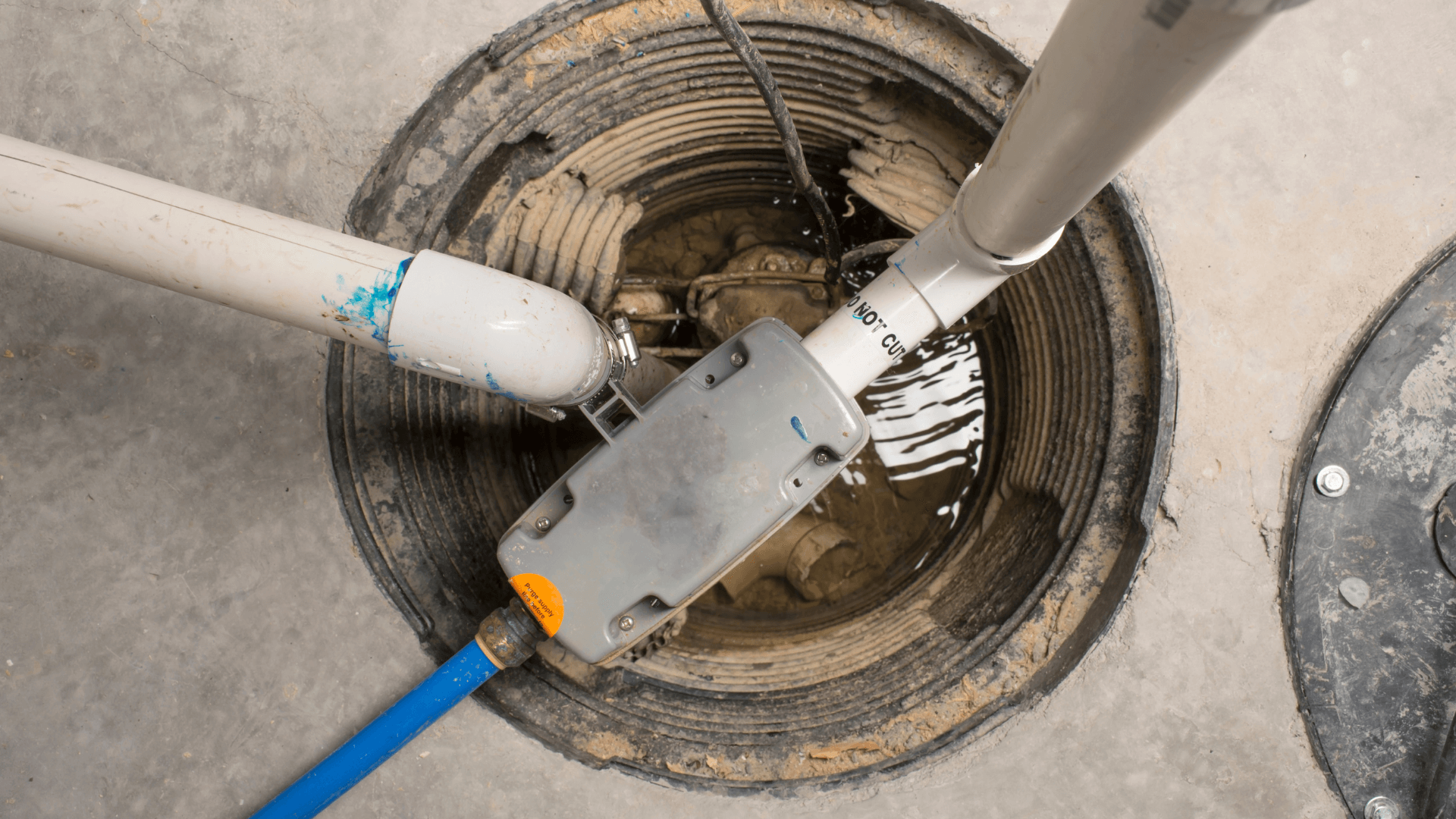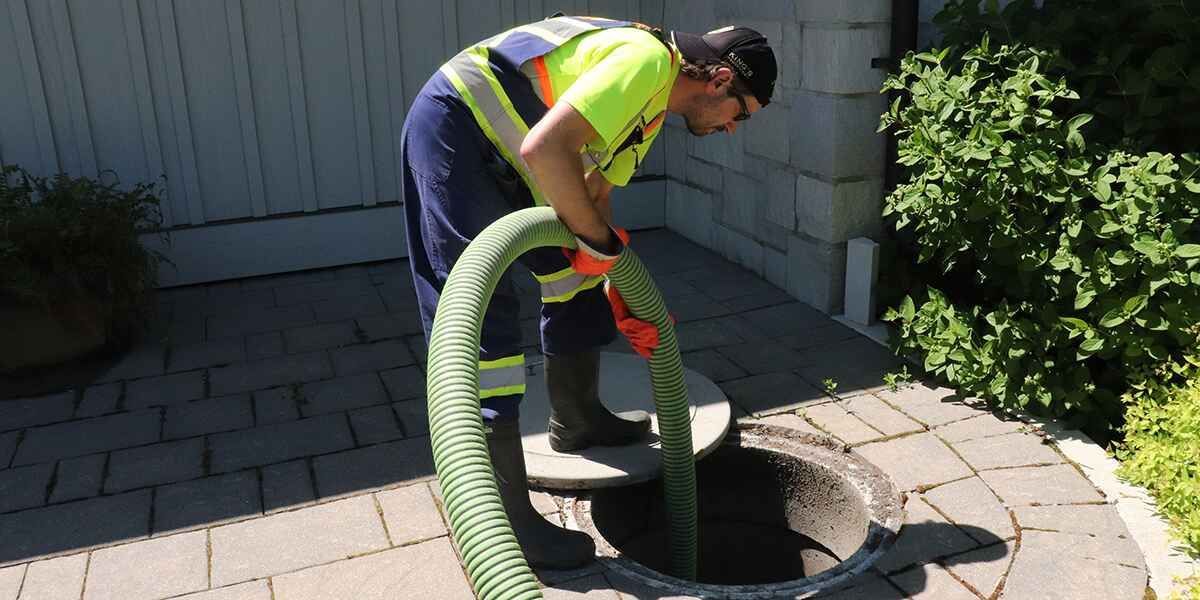Fast Solutions for Caring for a Sump Pump
Fast Solutions for Caring for a Sump Pump
Blog Article
Nearly everybody may have their own opinion on the subject of How to Care for Your Sump Pump.

Sump pumps are vital elements in several homes, especially in areas susceptible to flooding or extreme wetness. They aid prevent water damages by successfully getting rid of excess water from cellars or crawl spaces. Nonetheless, like any other device, sump pumps need routine upkeep to ensure they function efficiently when needed one of the most. Cleansing your sump pump is a vital part of its upkeep, and recognizing exactly how to do it effectively can conserve you from pricey repair services and potential calamities.
Intro
Preserving a tidy sump pump is vital for its appropriate performance and long life. Overlooking this important task can cause obstructions, breakdowns, and inevitably, water damages to your property. For that reason, discovering exactly how to clean a sump pump is vital for homeowners that count on these tools to keep their basements completely dry and safeguarded.
Comprehending the Sump Pump
Prior to diving into the cleaning process, it's necessary to have a fundamental understanding of how a sump pump functions. Typically set up in a pit or basin below the cellar flooring, a sump pump consists of several crucial elements, including a pump, a float switch, and a discharge pipe. When water gathers in the pit, the float button turns on the pump, which then pumps the water out with the discharge pipeline, far from the structure's structure.
Indications of a Dirty Sump Pump
Recognizing when your sump pump requires cleaning is critical for stopping prospective malfunctions. Some common signs that show an unclean sump pump include unusual noises throughout operation, reduced water circulation, and visible particles in the pit. If you discover any one of these signs, it's necessary to cleanse your sump pump quickly to avoid any type of more problems.
Preparing for Cleaning
Before you begin cleaning your sump pump, it's essential to take some security precautions. Begin by shutting down the power to the pump to avoid any electrical accidents. Furthermore, use proper protective gear, such as gloves and safety glasses, to safeguard on your own from dirt, particles, and prospective pathogens.
Detailed Guide to Cleansing a Sump Pump
Shutting down the Power
Begin by disconnecting the power supply to the sump pump to prevent any accidents while cleansing.
Removing Particles and Dust
Utilize a bucket or a scoop to remove any type of noticeable particles, dirt, or sediment from the sump pit. Dispose of the particles properly to avoid it from obstructing the pump or the discharge pipe.
Cleaning up the Pump and Float Switch Over
When the pit is clear of debris, meticulously remove the pump from the pit. Inspect the pump and the float switch for any indications of damage or wear. Use a soft brush or towel to cleanse the surfaces and eliminate any collected gunk.
Flushing the System
After cleaning up the pump and float switch, purge the sump pit with tidy water to remove any remaining dust or sediment. This will certainly assist guarantee that the pump operates smoothly and successfully.
Looking For Proper Functioning
Prior to reinstalling the pump, execute a quick test to make certain that the float switch triggers the pump correctly. Put some water right into the sump pit and observe the pump's procedure. If whatever is working appropriately, you can rebuild the pump and reconnect the power supply.
Maintenance Tips to Keep Your Sump Pump Clean
In addition to regular cleaning, there are several maintenance pointers you can follow to keep your sump pump in optimal problem:
Conclusion
Cleansing your sump pump is an essential element of its upkeep and makes certain that it operates effectively when you require it one of the most. By following the steps outlined in this guide and integrating normal upkeep into your routine, you can extend the lifespan of your sump pump and secure your home from water damage.
6 STEPS ON HOW TO CLEAN A SUMP PUMP PROPERLY
UNDERSTANDING SUMP PUMPS
Your sump pump plays a crucial role in protecting your home by managing and removing excess water. It primarily functions as a “shield”, guarding your basement against the damaging effects of water accumulation. The pump is housed in a sump pit in the lowest part of your basement, and its job is to pump out any water that collects there.
During heavy rainfalls or when snow melts rapidly, water can infiltrate your basement, posing potential risks like flooding, structural damage, and harmful mold growth. Here, the sump pump springs into action, pumping out the intruding water and directing it away from your home.
SAFETY FIRST
Before cleaning, remember to prioritize safety. Disconnect the sump pump from the power source to prevent any accidental electric shocks. Also, wear sturdy gloves to protect your hands from any sharp or dirty components within the pump.
REMOVE THE SUMP PUMP
After ensuring your safety, the next step is to remove the sump pump from its pit. Doing this might require careful maneuvering as you don’t want to damage any pump components. Once removed, clean the sump pit to remove any accumulated debris or sludge.
INSPECT THE PUMP
Inspect the pump for any visible signs of wear or damage. Check the power cord, float switch, and impeller housing. If any components look worn out or damaged, consider replacing them to ensure optimal performance.
CLEAN THE PUMP
Thoroughly clean the pump with warm, soapy water. Make sure to rid it of any dirt, gravel, or other debris that might impede its performance. You can use a toothbrush to clean the small, hard-to-reach parts of the pump.
REINSTALL THE SUMP PUMP
Reinstall the pump into the sump pit Make sure it’s positioned correctly to remove the water effectively Once it’s back in place, reconnect it to the power source TEST THE PUMP
Finally, pour some water into the pit to ensure the pump works correctly. It should start automatically and begin pumping out the water; if it doesn’t, check the power source and the positioning of the pump.
Remember, while cleaning your sump pump is an essential part of home maintenance, hiring a professional plumber for a thorough inspection and cleaning at least once a year is also important. This will ensure that your pump is in optimal condition, ready to protect your home from potential water damage.
BEST PRACTICES FOR CLEANING SUMP PUMP DISCHARGE PIPES
Regular Inspection: Regularly inspect your discharge pipes, especially during heavy rainfall or snowmelt periods. Look for any signs of blockage or damage. Early detection of problems can prevent serious issues down the line. Periodic Cleaning: Over time, sediment and debris can accumulate in the discharge pipes, impeding the flow of water. Regular cleaning helps keep the pipes clear and functioning efficiently. You can use a high-pressure water jet to effectively clean the pipes. Insulation During Winter: In colder climates, discharge pipes can freeze, blocking the outflow of water. Protect your discharge pipes from freezing temperatures by insulating them with foam pipe insulation. This will ensure the sump pump can continue to discharge water even in freezing conditions. Proper Positioning: The discharge pipe should be positioned to direct water away from your home’s foundation. Improper positioning can lead to water seeping back into the basement. Ensure the pipe is long enough and angled correctly. Installation of a Check Valve: A check valve prevents water from flowing back into your sump pit after the pump has pushed it out. Installing a check valve helps maintain the efficiency of your sump pump and reduces the risk of flooding. Minimize Pipe Turns: Every curve or turn in the discharge pipe can decrease the efficiency of water flow. By minimizing turns and bends in your discharge pipe, you can increase the efficiency of your sump pump. https://www.fullspeedplumbing.com/how-to-clean-a-sump-pump-properly9999/

I found that blog posting about How to Care for Your Sump Pump while doing a search on the internet. So long as you appreciated our blog entry if you please don't forget to share it. Thank you for your time. Please pay a visit to our blog back soon.
Hire A Pro Report this page